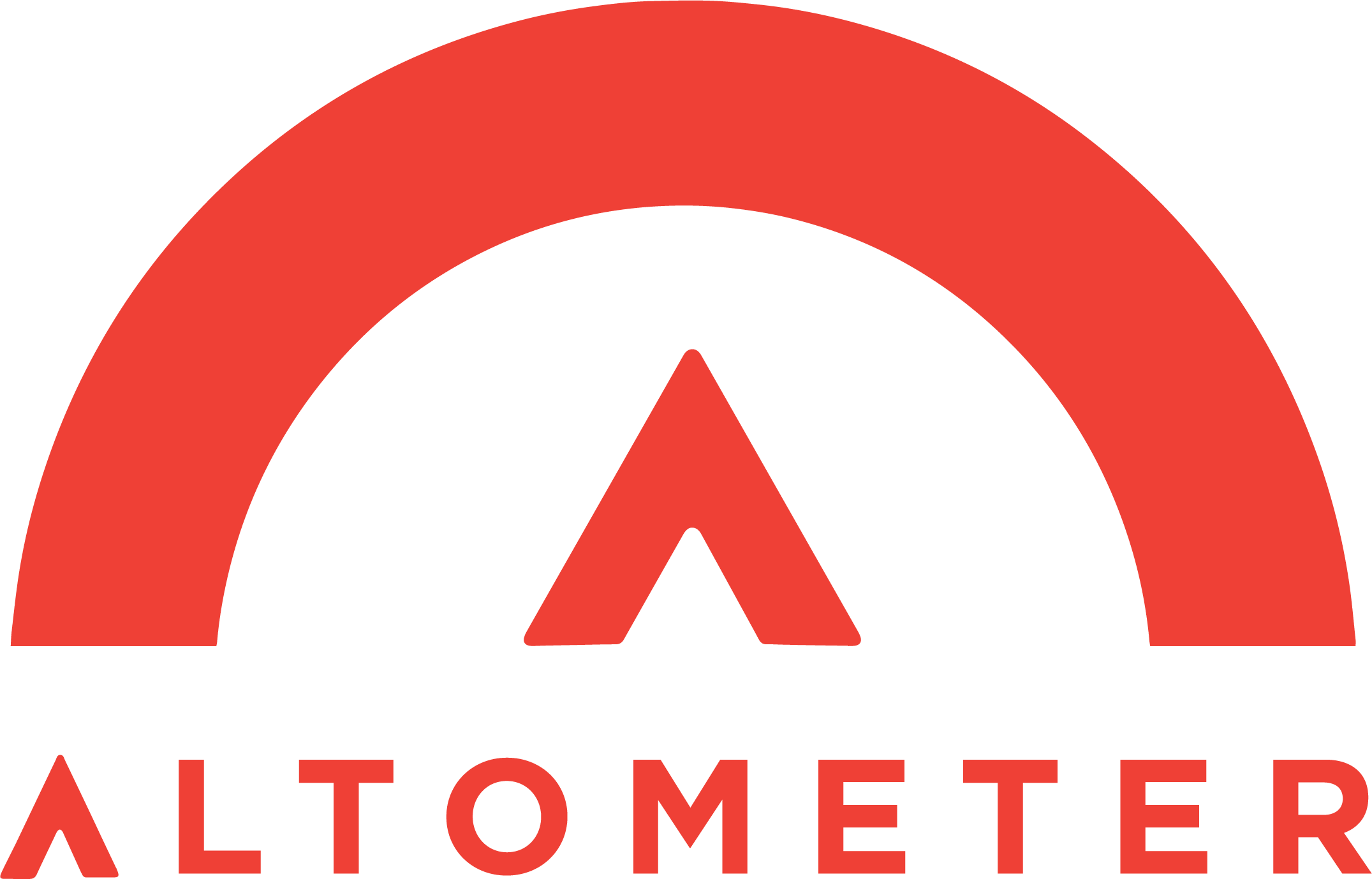Why use business intelligence?
What has Business Intelligence ever done for you?
More and more often I see the answer is: “not much”
Business Intelligence isn’t about beautiful dashboards and live KPI tracking. They’re nice, but in truth we can do without them, we have for years.
BI and the data you collect in your organisation need to be used in conjunction with organisational goals to create a culture of continual improvement and decision making on more than a ‘hunch’.
As a general manager I used my Business Intelligence team for three main reasons (this is not an exhaustive list…):
1.Building a culture of personal and team accountability
Members of any team need to know:
What the goal of their team is
What their own personal goal contributing to the team goal
Accountability is created when team members socialise their own and the team’s progress toward those goals. Having progress visible, where everyone can see it brings a heavy focus to getting it done. The subconscious train of thought is:
“Am I doing well against my goal?” and
“Am I letting my team down?”
It’s extremely powerful and works on sporting teams as well as in organisations.
Visually representing goals and progress toward them keeps everyone on the same page as well as focusing group discussions: the macro picture is plain to everyone, so let’s move on to the important details.
2. Committing to continual process improvement
Organisations need processes. And once you have one, you can always make it better, that’s how organisations improve.
Setting up a culture of process improvement is difficult, at least I always found it that way. Particularly because, even if you get to the stage where people are a) happy to set up a process, then b) happy to review and rework that process – the really hard work starts when you realise that every so often, you have to go radical. Even the best processes, before too long, need to be torn down completely and rebuilt, hopefully better than they were.
You simply cannot do this (well) without measurement.
You also need permission for adult play and exploration on a regular basis for this to work too, but that is another story.
I think the holy grail is to be able to measure your process outcomes, at each stage, and see where the points of improvement are. When you get to the stage that you feel like you are toying with the 1%ers, tear it all down and start over.
It’s like cleaning out the garage, feels like a drag at the time, but you’ll be glad you did it.
3. Decision support when you need it
Even the most collaborative leaders have to make a call at some stage, often your team need you to. At that moment you have to weigh you options:
Do I have enough information?
Do I have any more time?
Can I afford to do nothing?
What did Donald Rumsfeld say about “known unknowns” again?
As a student I used to work for a brilliant perfectionist chef and above (almost) everything he preached one key lesson to his brigade: organisation.
“You can be the most brilliant creative chef in the world, but if you are not organised, no one will ever eat your food.”
I don’t really think that brilliant managers are lucky, or just amazing at going with their gut (although they may be). I think the best ones are also organised. They have taken the information they have at their disposal and arranged it and organised it, so that when the critical time comes to make a decision, they are making it with minimal uncertainty, the least they can muster anyway.
This is the task of your BI team, arranging your data so that it is useful as information and so when you need to make that call, you’re as ready as you can be.
I’m my view these three applications for the Business Intelligence team took them from beautiful dashboards to difference makers. They made the team strive, they allowed processes to evolve and they were essential in supporting management decisions.
If you are considering how you make the most of how you use business intelligence in your organisation check back here for more.

